
Review on 📁 ikuai SATA to USB 3.0 Dual Bay Hard Drive Dock for 2.5" and 3.5" SATA HDD SSD with SD TF Card Reader, 2 USB 3.0 Ports, Offline Clone Function, External Hard Drive Docking Station - UASP Supported by Lucas Rowe

Small and functional
With the ubiquity of internet connectivity, it's easy to see why features like CD/DVD drives and front-access drive bays aren't commonplace. They increase costs and are used by significantly fewer people than in previous years. Meanwhile, newer USB versions have greatly increased the speed, making the interface much more useful. However, the ability to create local backups is important, as is the ability to upload files via SD cards from other devices. The Ikuai USB 3.0 Hard Drive Dock offers these features in a compact desktop device measuring just 4.3 x 5.2 inches (110 x 132 mm) and offers the option of externally connecting SATA drives and one drive to one to clone something else. On the top are toaster-style SATA drive bays (for 2.5" and 3.5" drives), as well as a micro SD slot, an SD card slot (card readers are listed as USB2), and two USBs -3.0 Type A connectors built in at the top of the front panel. The connection to the host computer is made via a USB3 cable. The docking station comes with a 12V power adapter and the required USB3 cable to connect to a PC. On the top is a small backlit LED display for monitoring operations like disk cloning. All functions work well and the docking station has performed well for backing up my PC directly to a drive inserted in the docking station. Performance is noticeably better than my old USB2. I haven't tried it yet and I'm unlikely to need the disk-to-disk cloning feature. There is a button on the docking station to control OTC/OTB. I've found that my system is sometimes a little slow to recognize the insertion of a SATA drive if the dock was already powered on when the drive was inserted. Detection is faster when the docking station is turned on after a disc has been inserted. On the lower left corner of the back of the docking station is an easily accessible power button (when viewed from the front). It's worth noting that all features work correctly on Linux (Fedora 34 in my case), a fact noted in both the manual and the box.
- Satisfied so far
- Volume
New products
Comments (0)
Top products in 💽 Hard Drive Accessories
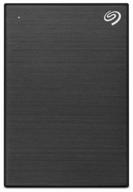
4 TB External HDD Seagate One Touch, USB 3.2 Gen 1, black

28 Review
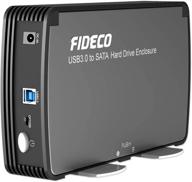
📦 FIDECO 3.5/2.5-Inch Hard Drive Enclosure Case with Fan, USB 3.0 to SATA Adapter for HDD & SSD External Hard Drive - Supports 16TB with UASP

12 Review
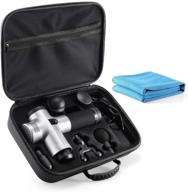
Hard Shell Case with 5 Attachment Slots for Hyperice Hypervolt Bluetooth, Portable Storage Box for Hypervolt Portable Massage Gun - Case Only

11 Review
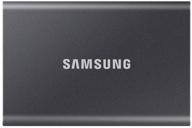
1 TB External SSD Samsung T7, USB 3.2 Gen 2 Type-C, grey

15 Review
Another interesting products

Renewed Logitech G PRO X Wireless Lightspeed Gaming Headset with Blue VO!CE Mic Filter for Immersive Gaming Experience

122 Review
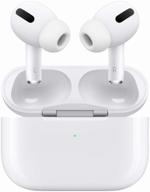
Apple AirPods Pro MagSafe RU Wireless Headphones, White

159 Review
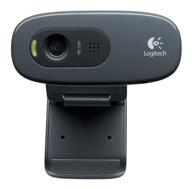
Logitech HD Webcam C270: Crisp 720p Widescreen Video Calling & Recording (960-000694), Lightweight and Portable at 3.15 lb.

192 Review

Smartphone Samsung Galaxy A50 4/64 GB, 2 SIM, black

82 Review

